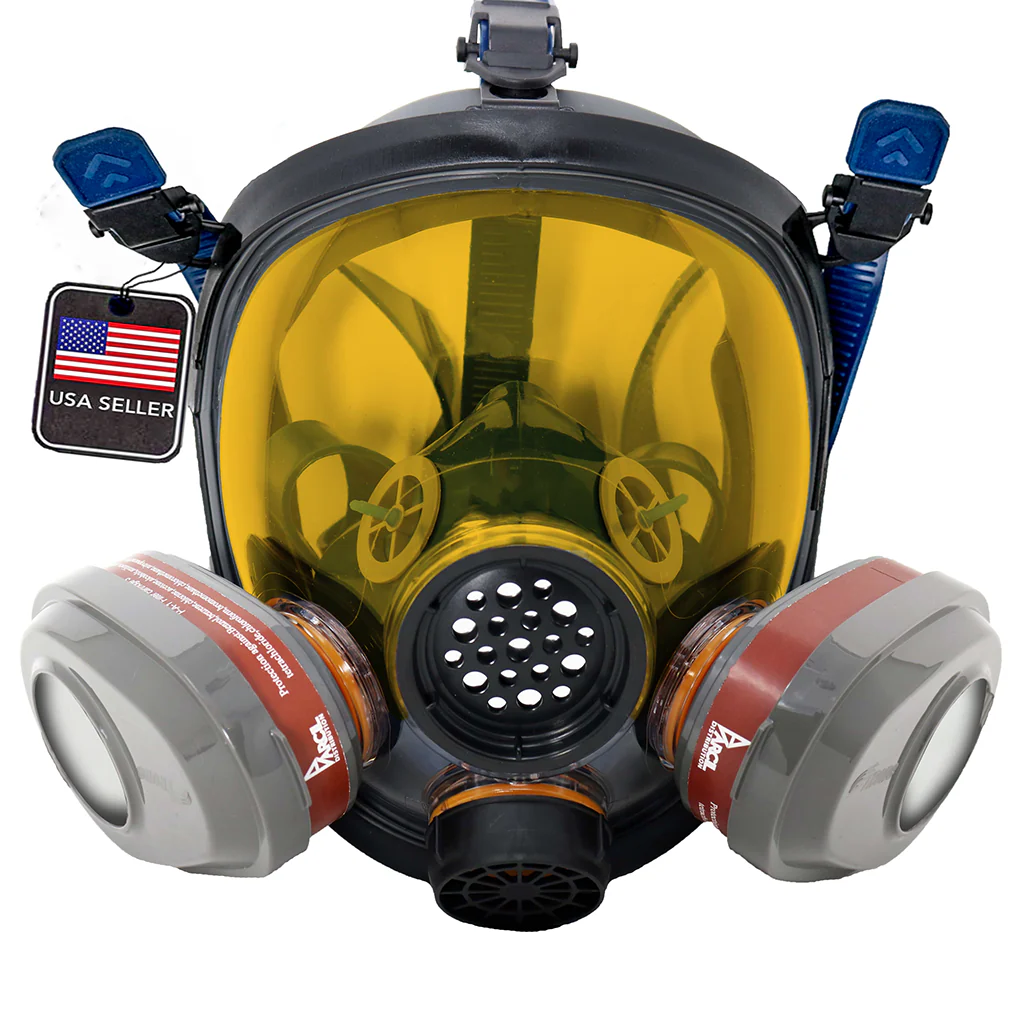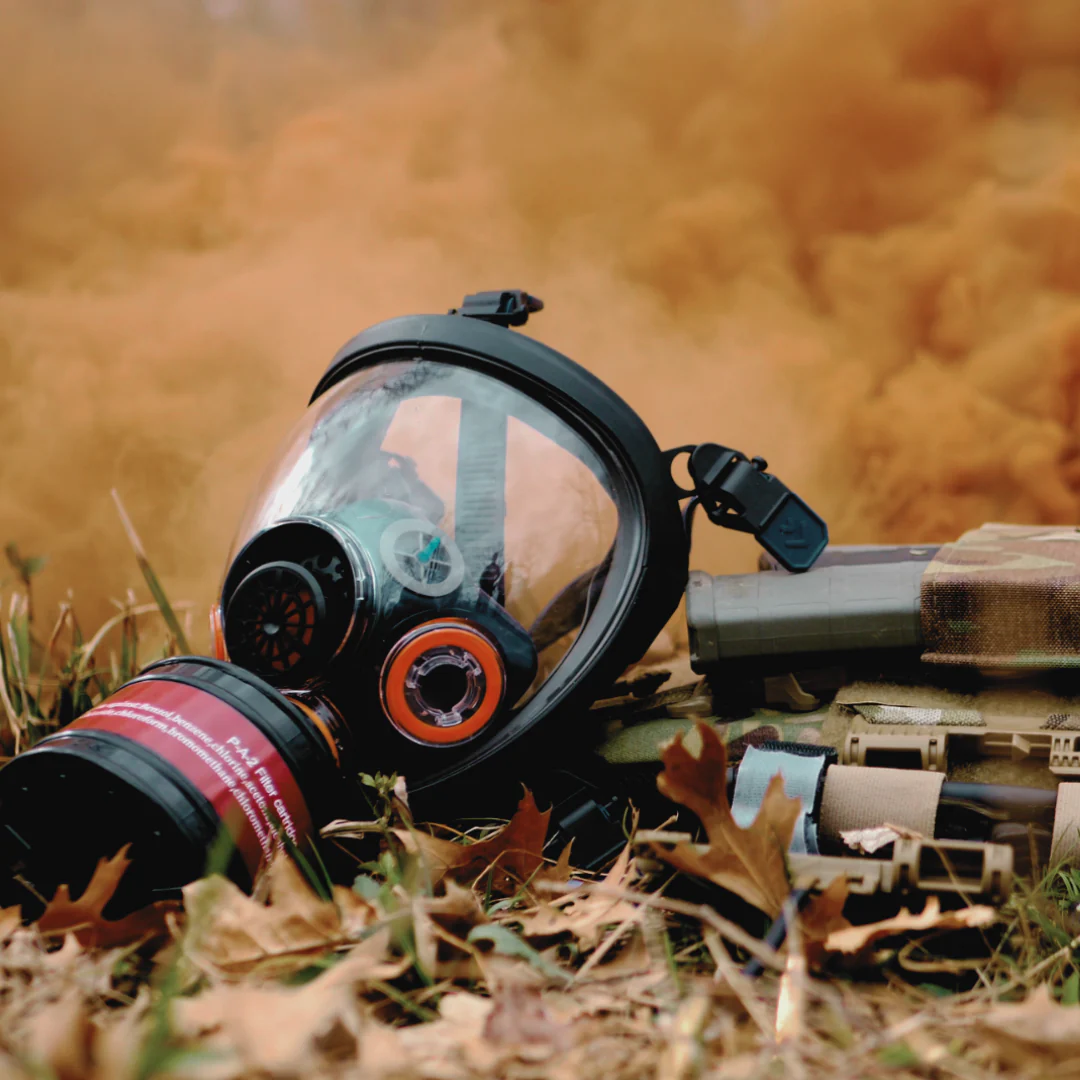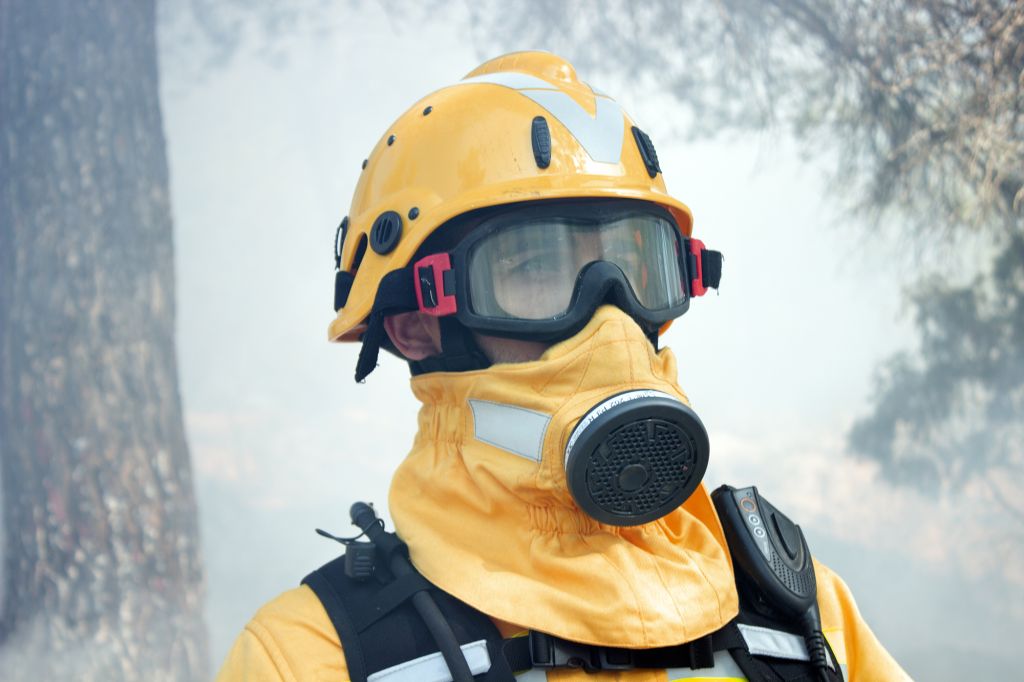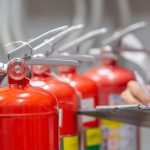I. Introduction

A. The importance of fire safety Fire safety is a vital aspect of protecting lives and property. Being prepared for a fire emergency is crucial to minimizing risks and ensuring the well-being of individuals and communities. Fire safety measures, such as the use of fire masks, play a significant role in enhancing safety during such incidents.
B. Introduction to fire masks as a crucial safety equipment Fire masks are an essential safety equipment designed to provide protection to individuals in fire emergencies. They are specifically designed to filter harmful smoke and toxic gases, allowing individuals to breathe safely and reduce the risk of smoke inhalation. This article explores the importance and benefits of fire masks in fire safety preparedness.
II. Understanding Fire Masks
A. What are fire masks?
Fire masks, also known as smoke masks or fire respirators, are personal protective equipment (PPE) that protect the respiratory system during fire emergencies. They are designed to filter out smoke, particulate matter, and toxic gases, providing a barrier between the user and the hazardous environment.
- Explanation of their purpose and benefits The primary purpose of fire masks is to protect the respiratory system from harmful smoke, gases, and other airborne particles present during a fire. They prevent inhalation of toxic substances, reducing the risk of respiratory damage and smoke-related injuries. Fire masks also help in maintaining clear vision by reducing the inhalation of irritants that could cause eye irritation or impaired vision.
B. Types of fire masks
- Smoke masks Smoke masks are designed for evacuation purposes and are typically used by individuals to escape from a fire-engulfed area. They provide short-term protection against smoke inhalation and allow individuals to breathe safely while exiting a building or an enclosed space.
- Fire escape masks Fire escape masks are compact, lightweight, and easy-to-use masks designed for personal evacuation during a fire emergency. They provide both respiratory and eye protection and are equipped with filters that remove smoke, harmful gases, and particulate matter. Fire escape masks come in various designs and can be easily carried and stored in emergency kits or pockets.
- Firefighter masks Firefighter masks, also known as self-contained breathing apparatus (SCBA), are specifically designed for the use of firefighters in hazardous fire environments. They provide the highest level of respiratory protection by supplying clean, breathable air independent of the surrounding atmosphere. Firefighter masks are equipped with advanced filtering systems, communications devices, and other features necessary for extended firefighting operations.
III. Benefits and Features of Fire Masks
A. Protection from smoke and toxic gases
- Filtering capabilities and HEPA filters Fire masks are equipped with advanced filtering systems, often including high-efficiency particulate air (HEPA) filters. These filters are designed to trap a high percentage of harmful particulates, smoke, and toxic gases, preventing them from entering the respiratory system.
- Defense against carbon monoxide and other harmful gases Fire masks provide protection against carbon monoxide and other harmful gases present in the toxic smoke emitted during a fire. The filters in the masks effectively absorb and remove these gases, reducing the risk of carbon monoxide poisoning and other smoke-related injuries.
B. Respiratory protection

- Sealing the face and preventing smoke inhalation Fire masks create a seal around the face, preventing the entry of smoke and toxic gases into the respiratory system. This prevents inhalation of harmful substances and reduces the risk of respiratory damage, irritation, and smoke-related injuries.
-
Maintaining breathable air during fire emergencies By filtering out smoke and toxic gases, fire masks ensure that the individual has access to clean, breathable air during a fire emergency. This allows individuals to navigate through a smoke-filled environment, perform necessary tasks, and safely evacuate without compromising their respiratory health.
IV. Usage and Proper Application
A. How to use fire masks effectively
- Proper positioning and covering of the face When using a fire mask, it is crucial to ensure proper positioning and coverage of the face for maximum protection. Using both hands, position the mask over your nose and mouth, ensuring that it covers the entire face, including the chin. Make sure there are no gaps or breaks in the seal between the mask and your face.
- Securing straps for a tight fit To ensure a tight fit and proper seal, adjust the straps on the mask. Secure them firmly but not too tight, ensuring that the mask stays in place during use. Properly adjusted straps will help maintain a sealed and protected breathing space.
B. Training and familiarization

- Importance of training for proper usage Proper training is essential for effective and efficient use of fire masks. Training sessions educate individuals on the correct techniques for donning and adjusting the masks, as well as how to handle emergency situations safely. Training also familiarizes individuals with the limitations and capabilities of the masks, helping them make appropriate decisions during high-stress scenarios.
- Familiarization with instructions and features It is important to familiarize yourself with the instructions and features of the specific fire mask you are using. Read the user manual, understand the mask’s limitations, and know how to operate any additional features, such as voice amplifiers or communication systems. Understanding the mask’s features beforehand will allow for quick and appropriate action during emergencies.
V. Selection and Considerations
A. Choosing the right fire mask for your needs
- Identifying specific requirements (e.g., escape mask vs. firefighter mask) Different fire masks serve different purposes. Identify your specific requirements based on your situation and environment. For individuals looking for personal protection in emergency escape situations, escape masks are suitable. Alternatively, firefighters require specialized masks designed for prolonged use and protection in high-heat and hazardous environments.
- Evaluating features, certifications, and durability When choosing a fire mask, evaluate its features, certifications, and durability. Look for masks that meet relevant safety standards and certifications. Consider features such as the type of filter used, additional connectivity options, and compatibility with other safety equipment. Furthermore, assess the durability and construction of the mask to ensure it can withstand rigorous use.
B. Considerations for maintenance and replacement

- Cleaning and disinfecting procedures Proper maintenance of fire masks is crucial for their effectiveness. Regularly clean and disinfect the mask as per the manufacturer’s instructions. Use appropriate cleaning agents and techniques to ensure the mask remains clean and free from contaminants.
- Regular inspection and replacement schedule Regularly inspect the mask for any signs of damage, wear, or malfunction. This includes checking the integrity of the straps, visibility of the visor, and condition of the filters. Adhere to the manufacturer’s recommended replacement schedule for filters and other components to ensure the mask remains in optimal working condition.
VI. Conclusion
Fire masks play a vital role in enhancing safety during fire emergencies. Understanding how to use fire masks effectively, including proper positioning and securing of straps, is crucial for ensuring maximum protection. Training and familiarization with the mask’s features and instructions are essential for making informed decisions and responding appropriately during emergencies. When choosing a fire mask, consider your specific requirements and evaluate features, certifications, and durability. Implementing proper maintenance and adhering to replacement schedules will ensure the mask remains in optimal working condition. By prioritizing proper usage and maintenance, fire masks become valuable safety tools to protect lives during fire emergencies.



